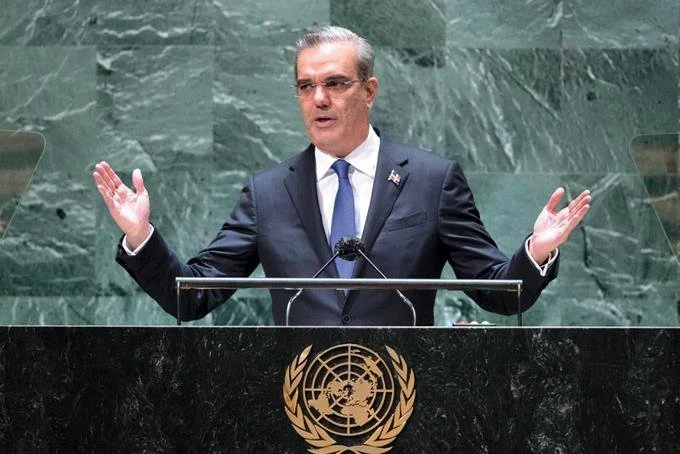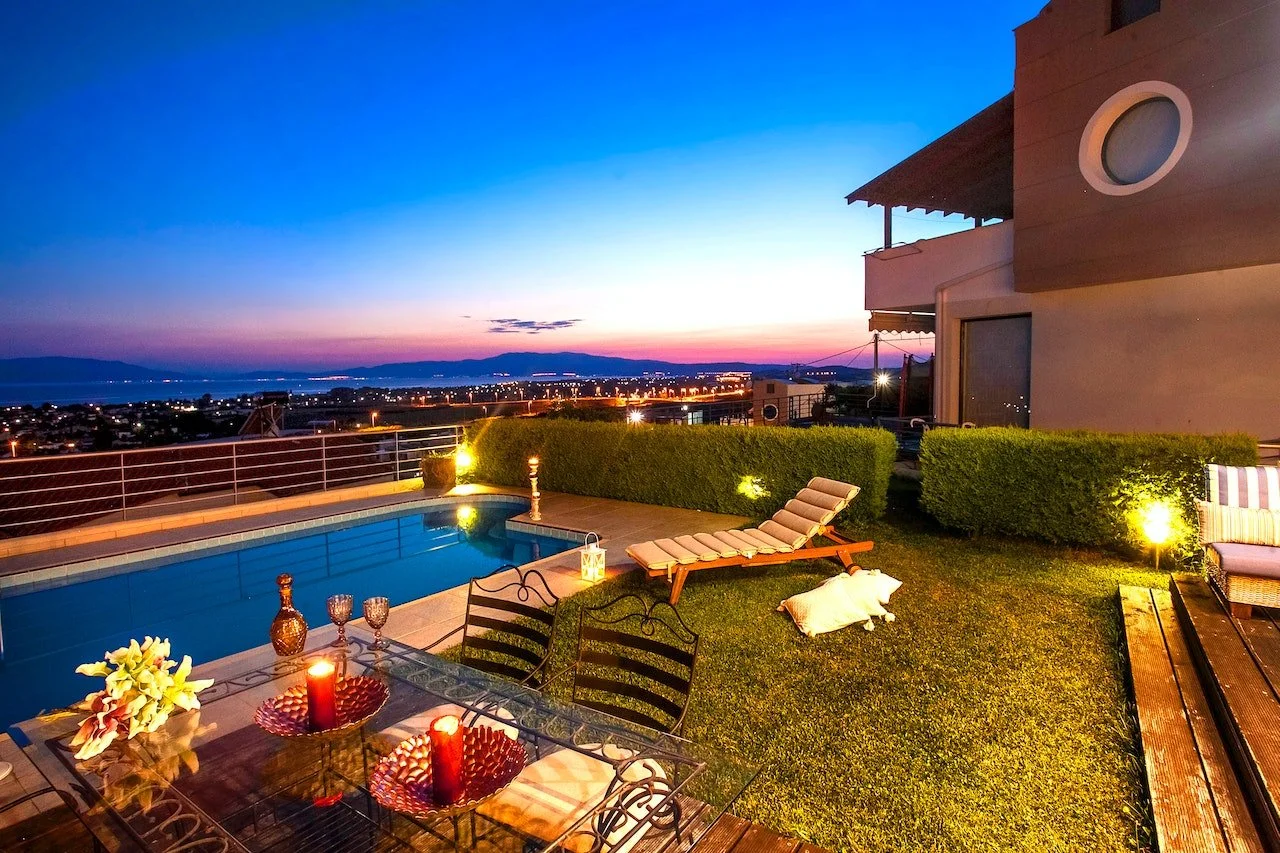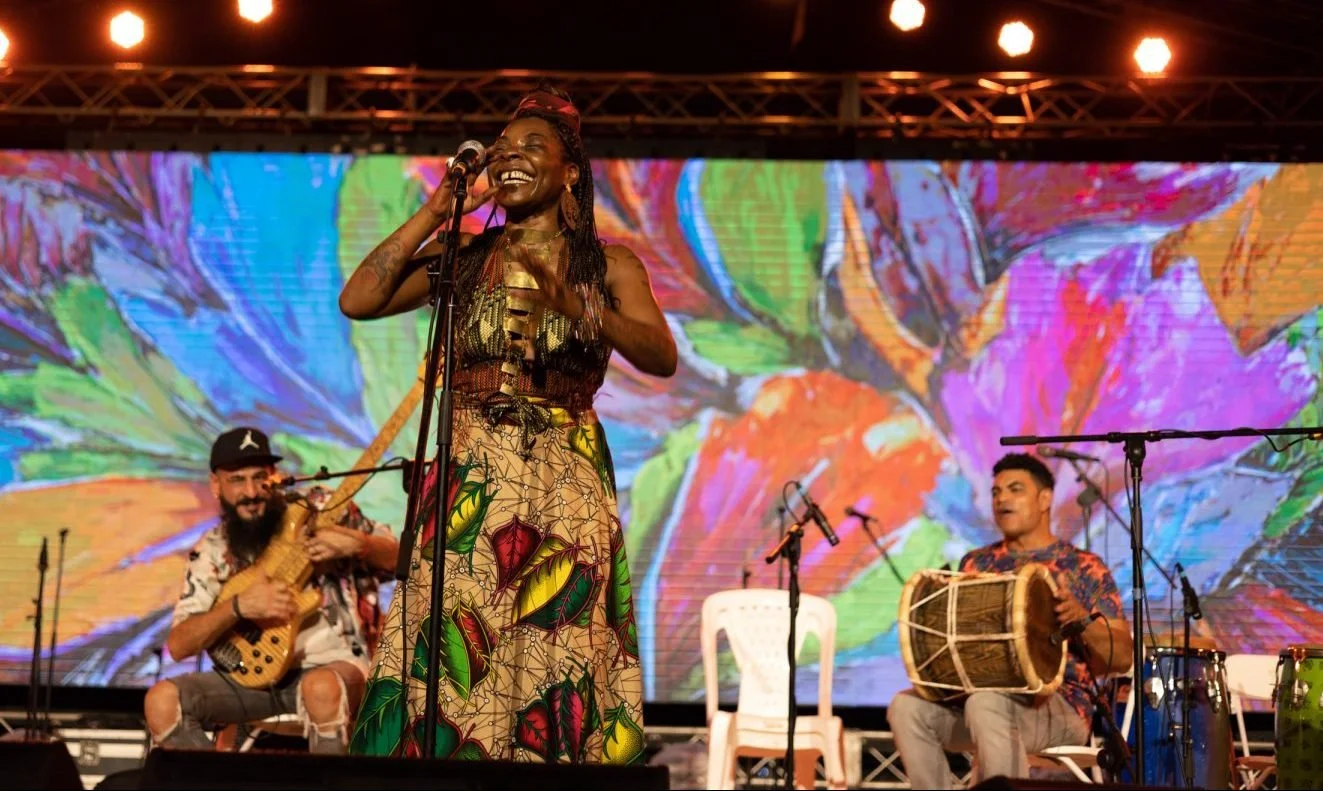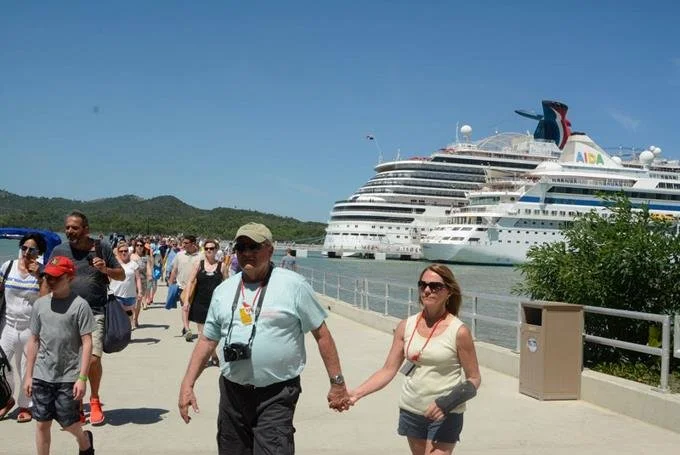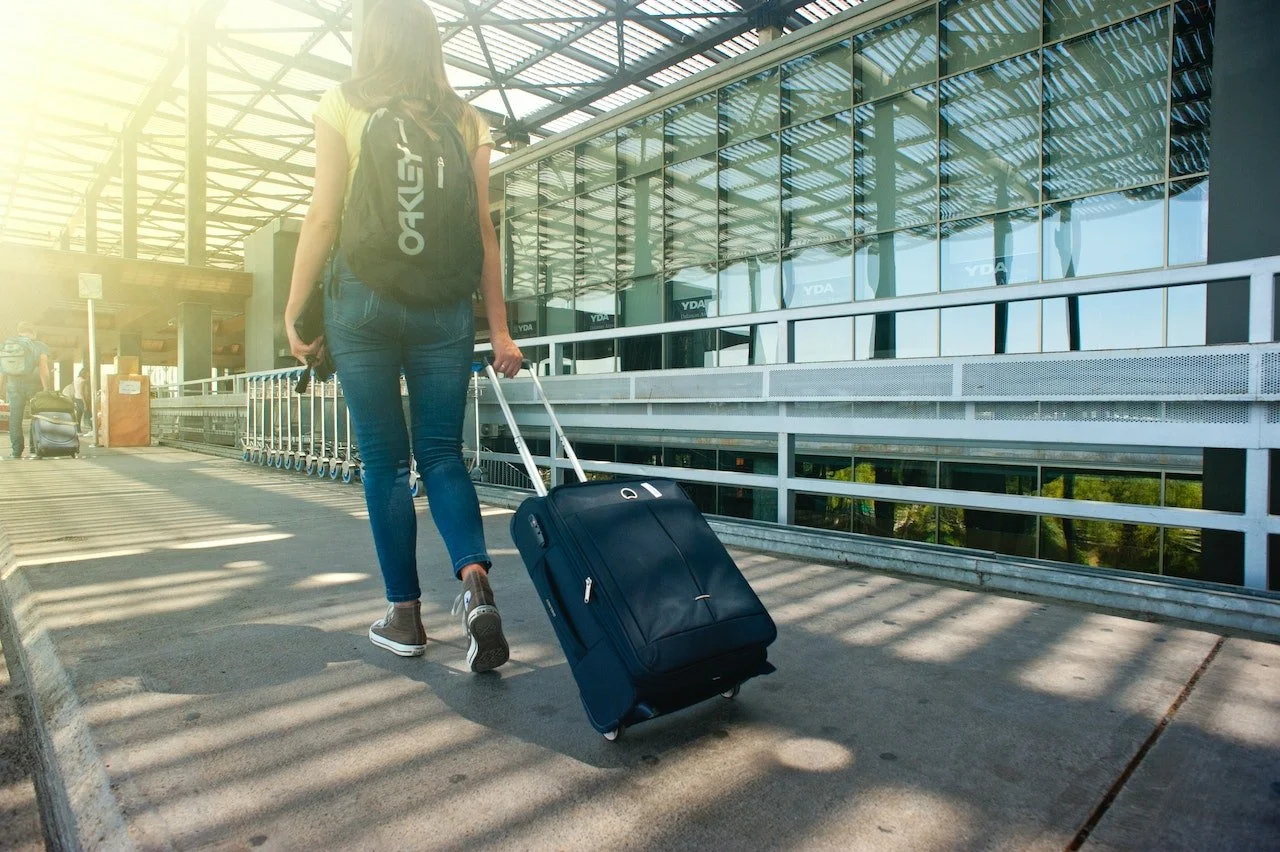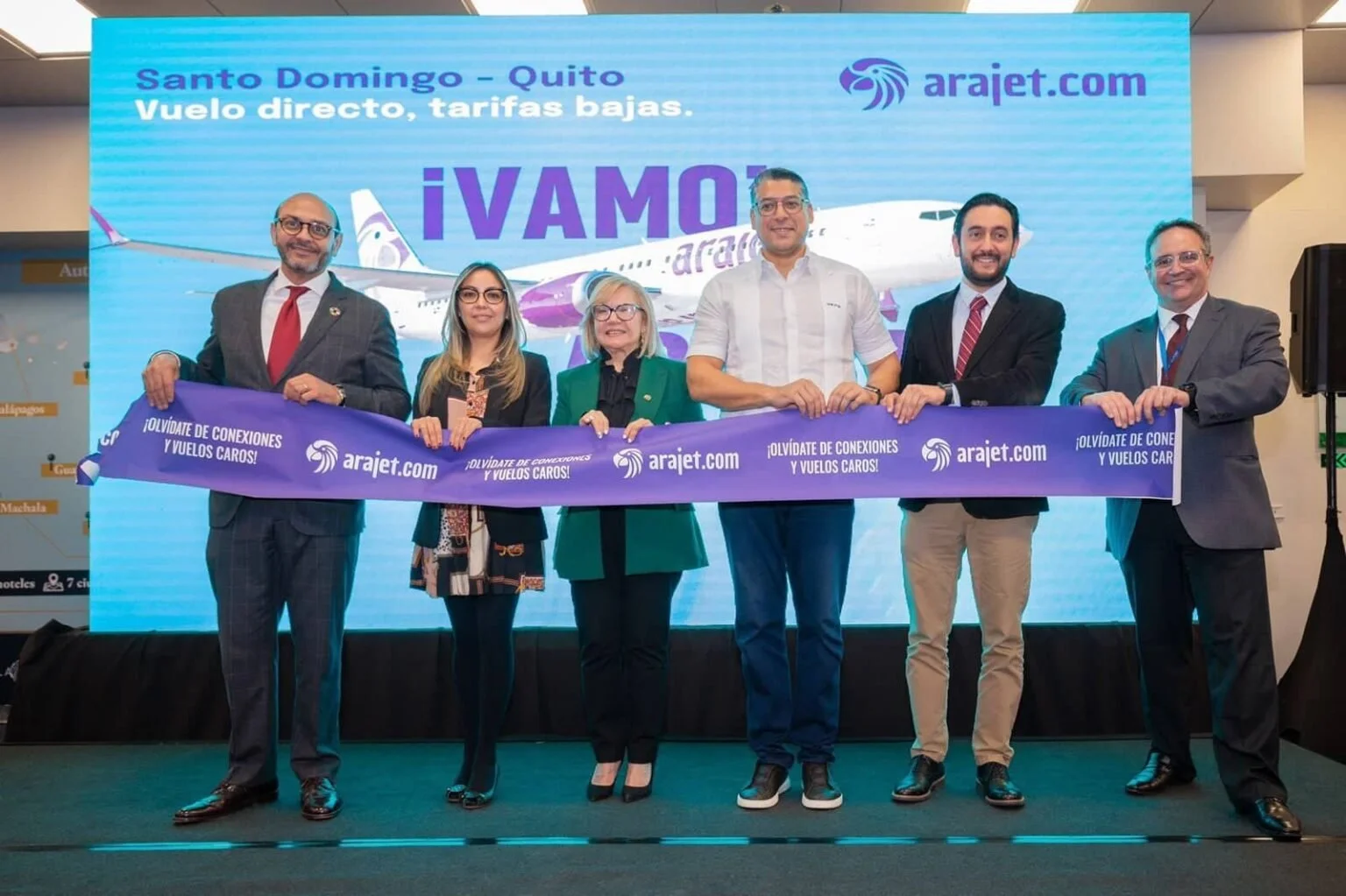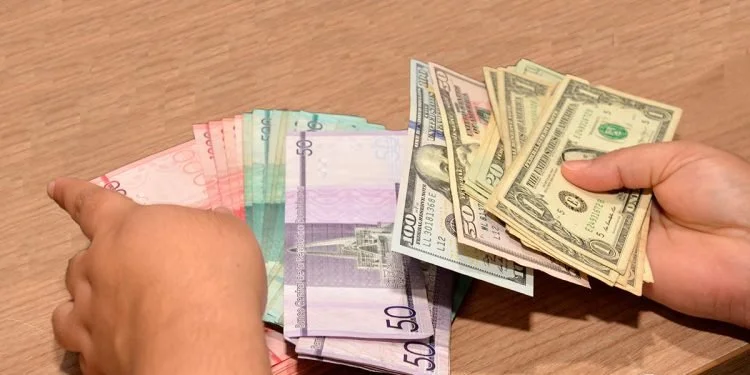Bayahibe, La Romana, DR
The volume of tourists who visit this portion of land grows like foam and challenges the Dominican Republic to increase its hotel offer in the face of the increase in demand.
The director of Economic studies of the Ministry of Tourism (Mitur), Enrique Penson, informed yesterday to Listín Diario that its tourist positioning in the region put the country on the radar of the world as leading the sector in occupation and preferred destination after the pandemic.
Penson commented that around 30,000 more hotel rooms are needed, starting in a decade, to take the demand of tourists.
“We have so many tourists that if we do not expand the hotel supply in about two years there will be nowhere to put them,” said the manager on the occasion of the Caribbean Hotel Investment Conference & Operations Summit (CHICOS) being held in the Dominican Republic, with the participation of 300 foreign investors, hotel developers, industry suppliers and managers of hotels in the country and others in the region.
Penson said that the participating investors are part of the leading hotel chains in the world, and many of them have already approached Mitur’s board, interested in doing business related to more boutique hotels and 1,000-key hotels in this nation.
This would translate into more remodeling, expansion, and construction of hotels.
Likewise, these investors in the forum highlighted the local tourism maturity, whose indicators are in green compared to other Caribbean countries.
Penson indicated that another of the neuralgic attractions to do this type of business is the law for promoting tourism investment.
This group of negotiators comes mainly from the United States, Mexico, Spain, and India, among others.
According to information, it is estimated that total investment in the hotel industry exceeds US$15,000 million.
In addition, 54% of hotel investment is of foreign origin, 15% of local investment, and 31% of the mixed investment.
Investment Conference
The CHICOS conference was held at the Hilton Hotel, La Romana, on Thursday and Friday, where more than 300 investors and hotel operators from around the world, as well as the leading tourism authorities of the Caribbean, gathered. This meeting aims to explore the challenges, winning strategies, and opportunities in the tourism sector, under the theme “Resilience, creating opportunities from challenges.” The conference seeks to look to the future and create a space to promote and attract new regional investments.
Likewise, this conference will focus on encouraging tourism investment in the Dominican Republic and the Caribbean, where opportunities, incentives, and the sector’s future will be worked on together.
The conference’s inauguration was attended by the President of the Republic, Luis Abinader, the Minister of Tourism, David Collado, and officials and people in business of the sector.
During the activity, the President affirmed that the Dominican Republic plays a crucial role in this market, “in which we are at the head of all countries worldwide, leading the recovery, investment and flow of tourists.”
Meanwhile, the Minister of Tourism, David Collado, said that “the great challenge for tourism now is to build more rooms to meet the demand for growth in the sector,” said Minister Collado in his speech at the opening of the CHICOS conference.
The Caribbean region, in addition to being one of the most important recipients of beach tourism, has shown the best performance in tourism recovery since the post-pandemic opening process.
The Dominican Republic leads both foreign investment and tourist flows. Recently the tourism intelligence firm Forwardkeys published its report the most visited destinations in 2022, using data on flights made, bookings, and air capacity.
Guys
Home
During the opening of CHICOS, Tourism Minister David Collado highlighted the importance of this conference in attracting more investment to the tourism sector.
Collado expressed that investment in the industry has been such that from October 2020 to the same month of 2022 has registered investments exceeding US$6.4 billion for the construction of 4,800 rooms.



